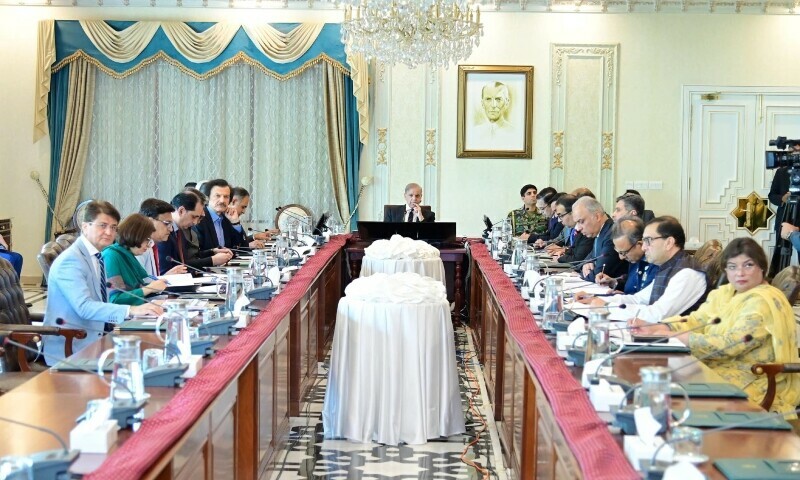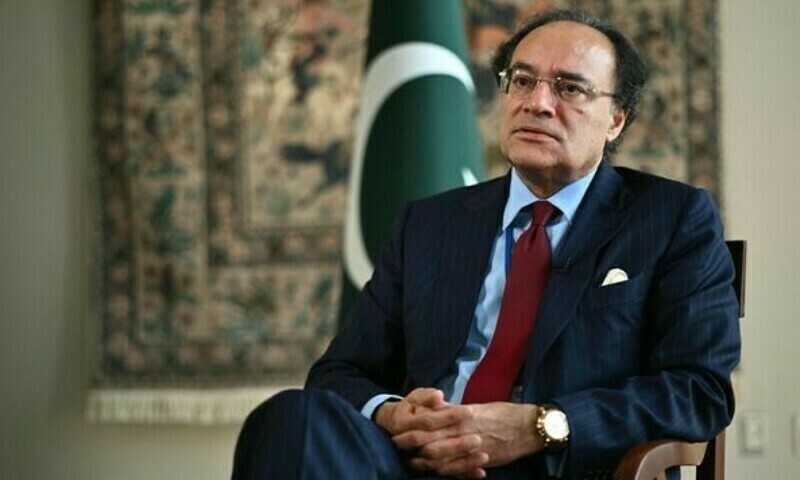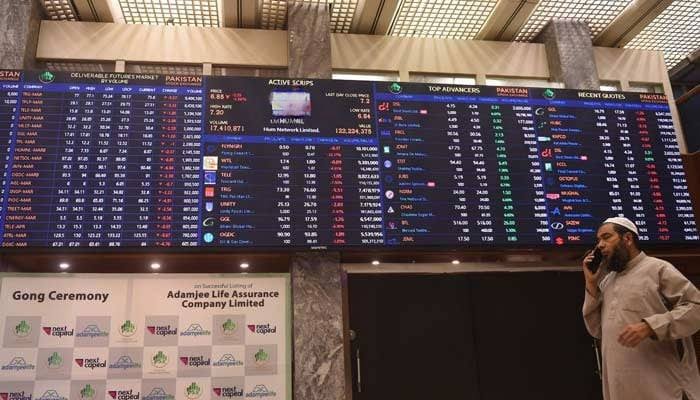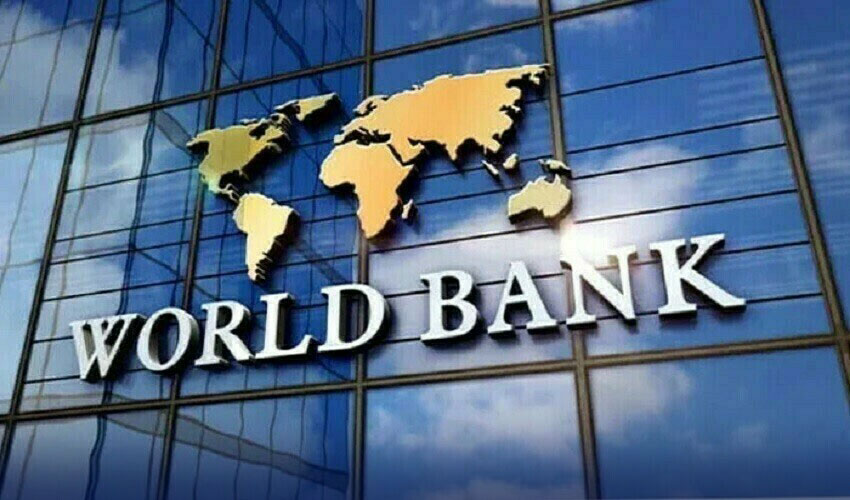TRADE & ECONOMY

In a recent unveiling of Pakistan's Economic Survey 2023-24, Finance Minister Muhammad Aurangzeb shed light on the nation's economic trajectory for the outgoing financial year.
While facing challenges in meeting most economic targets set during the previous budget,
there was a notable exception: the agriculture sector experienced unprecedented growth, offering a glimmer of hope amidst the adversity.
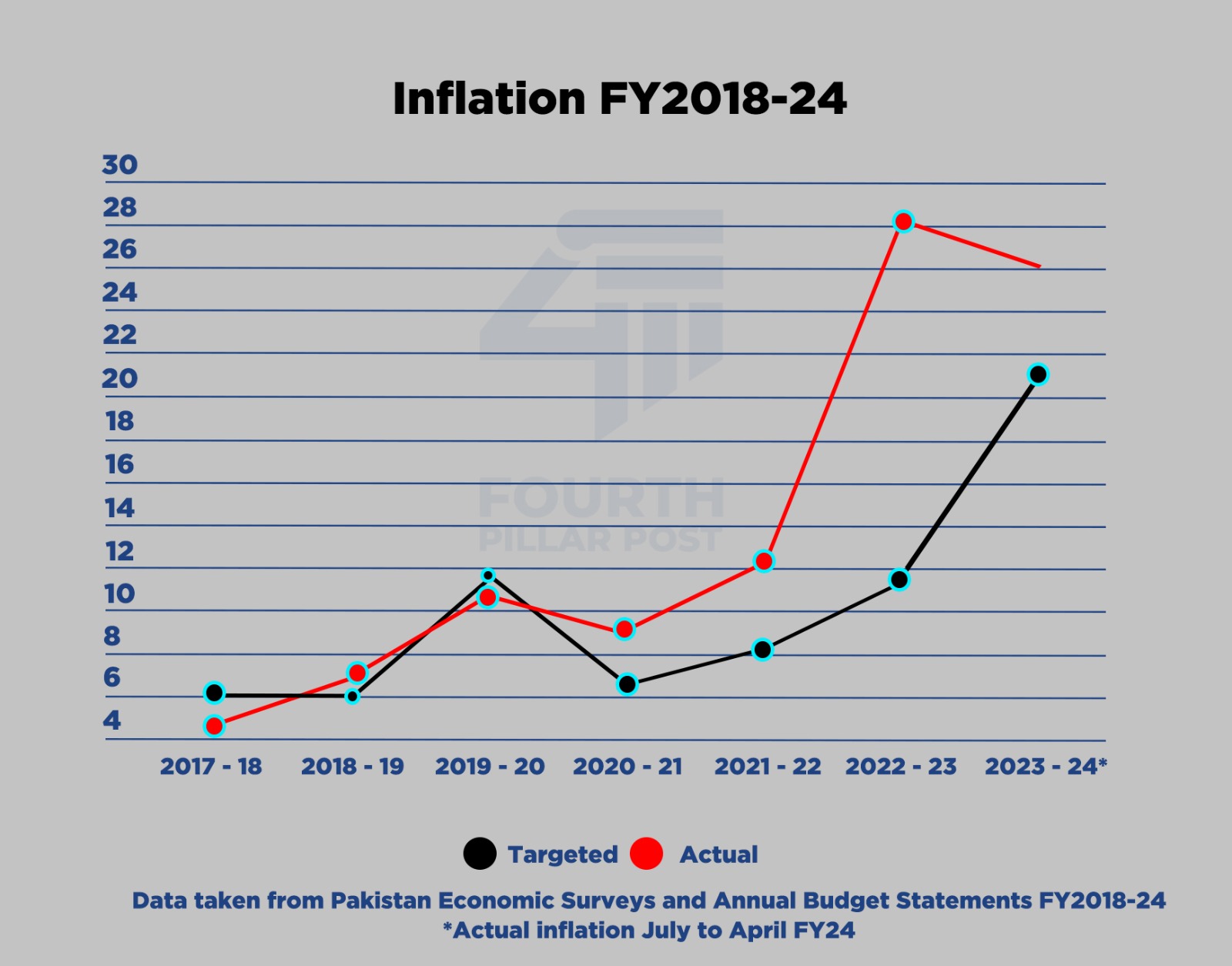
The Economic Survey, an annual report that provides insights into the country's economic progress, covers various sectors such as GDP growth, inflation, trade, and investment.
Finance Minister Aurangzeb emphasized the significance of understanding the economic landscape, particularly noting the impact of inflation, which saw a significant peak in the previous year, leading to currency depreciation and strained foreign reserves.
Aurangzeb highlighted the leadership transitions within the government during the fiscal year, commending Prime Minister Shehbaz Sharif's initiatives,
including the signing of a nine-month Stand-by agreement with the IMF. This agreement, according to Aurangzeb, played a crucial role in stabilizing the economy and navigating through challenging circumstances.
Despite inevitable setbacks, Aurangzeb underscored the resilience of the agriculture sector, which saw remarkable growth compared to previous years.
He attributed this growth to bumper outputs of wheat, cotton, and rice, signaling a promising future for agricultural development in Pakistan.

The Finance Minister also lauded the provinces for their surplus contributions, aiding the government in fulfilling its commitments, particularly to international financial institutions like the IMF.
Additionally, he highlighted a significant reduction in the current account deficit, indicating positive strides in economic management.
Looking ahead, Aurangzeb expressed optimism about the upcoming fiscal year, emphasizing the importance of sustained efforts towards economic stability and growth.
He addressed key issues such as tax system leakages and electricity theft, outlining initiatives aimed at addressing these challenges.
Overall and sector wise growth rates
The agriculture sector saw a notable increase, growing by 6.25 per cent compared to the targeted 3.5pc and last year’s 1.55pc. Meanwhile, unlike last year’s contraction by 2.94pc, the industrial sector managed to grow by 1.21pc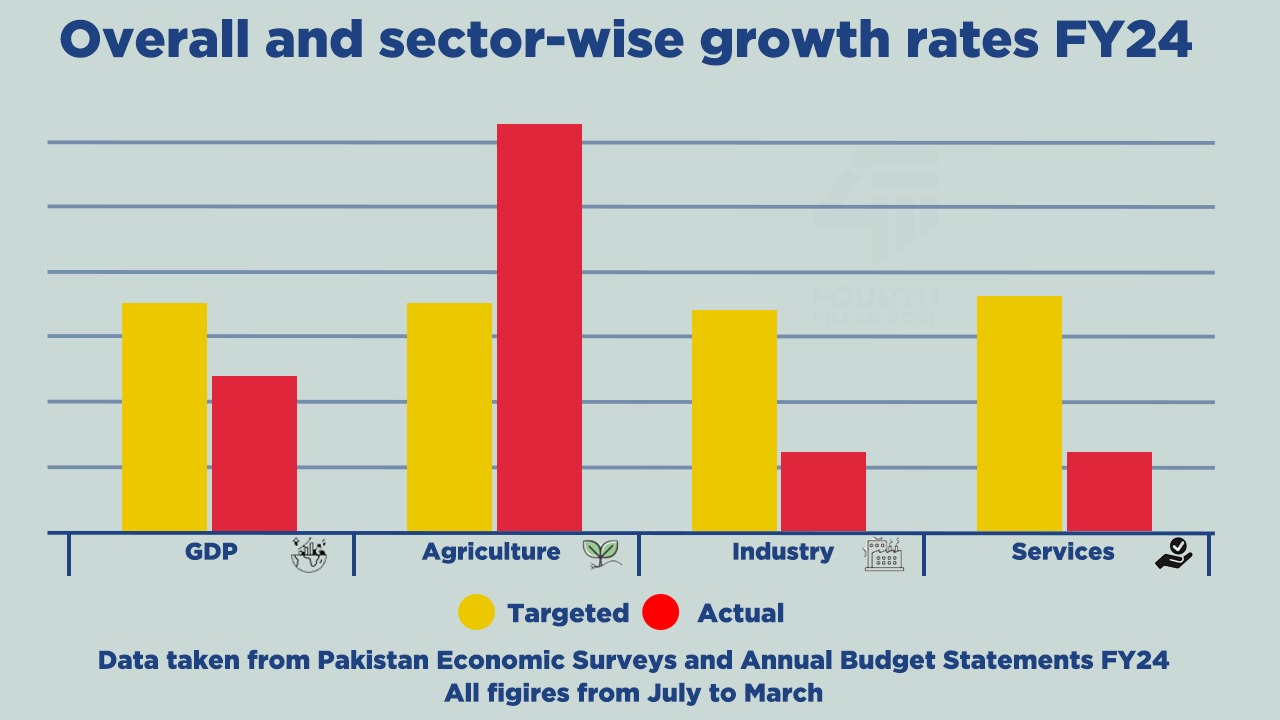
However, apart from agriculture, the overall GDP growth rate and the targets for the
industrial and services sector were not met.
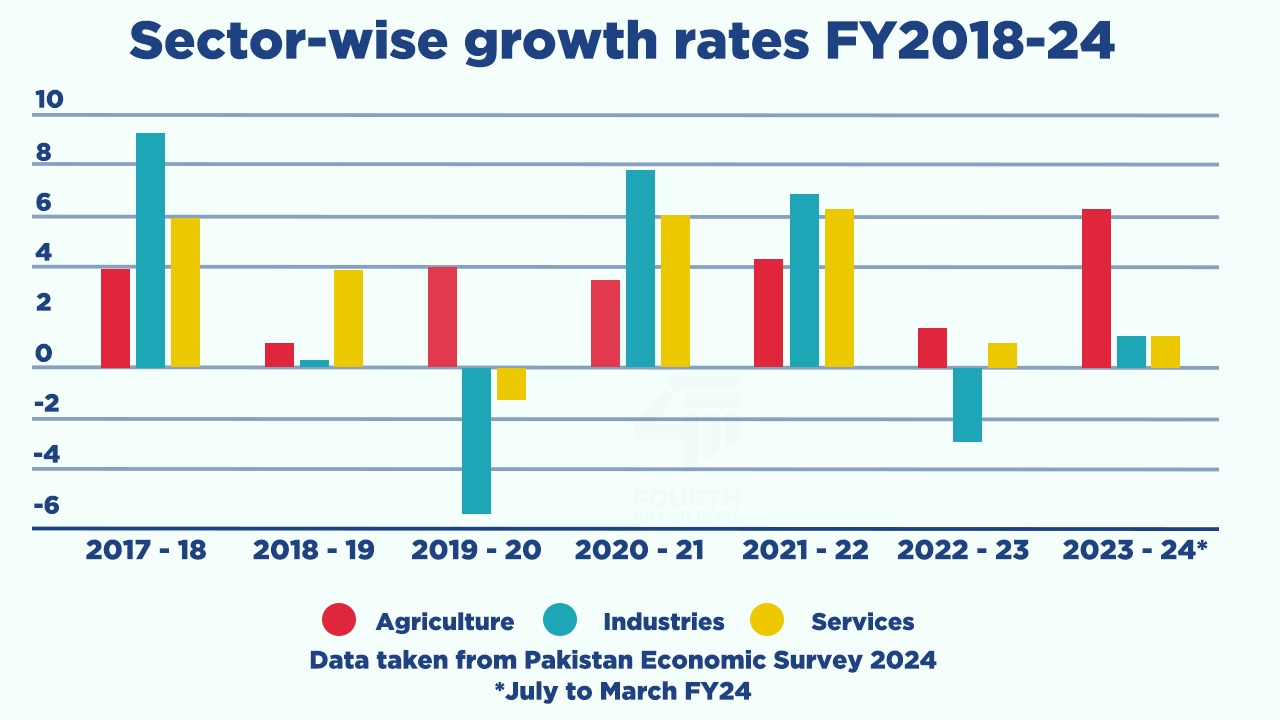
Trade deficit
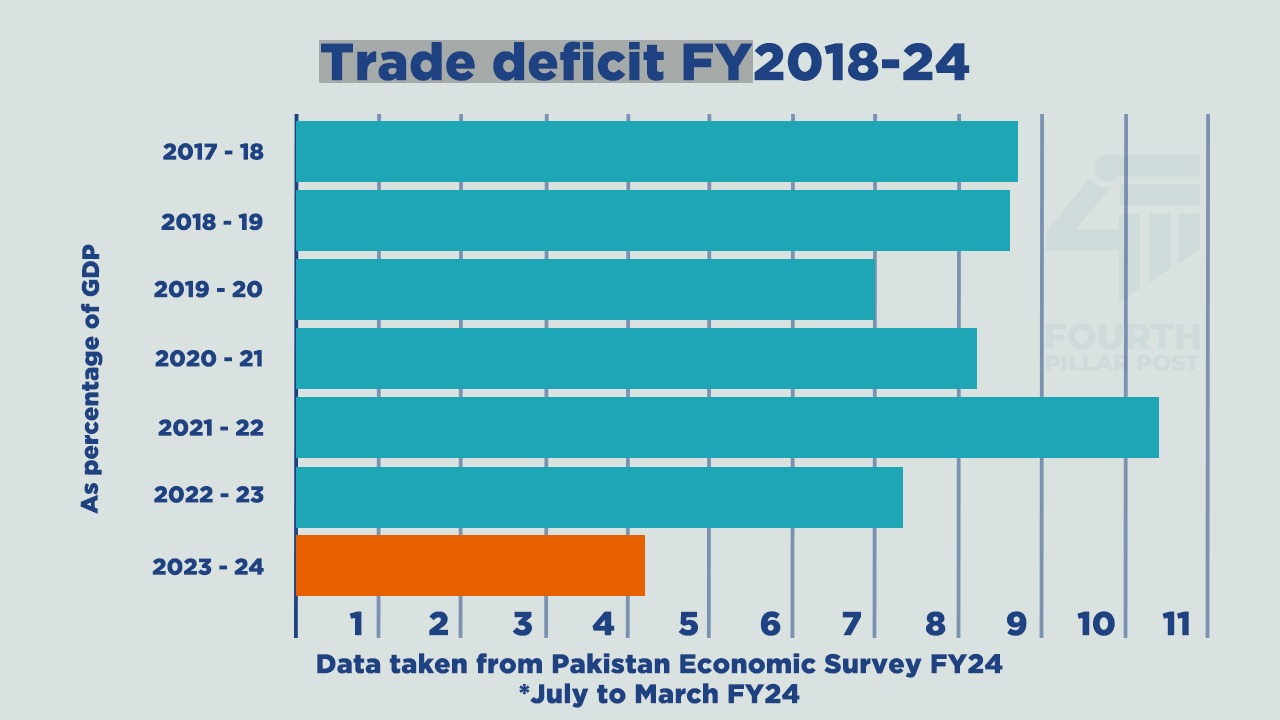
FBR tax collection
Federal Board of Revenue (FBR) tax collection grew 30.6pc to Rs7,361.9 billion from July
to April against Rs5,637.9 billion in the year-ago period. The collection target for the
12-month period set by the government was Rs9,415bn.
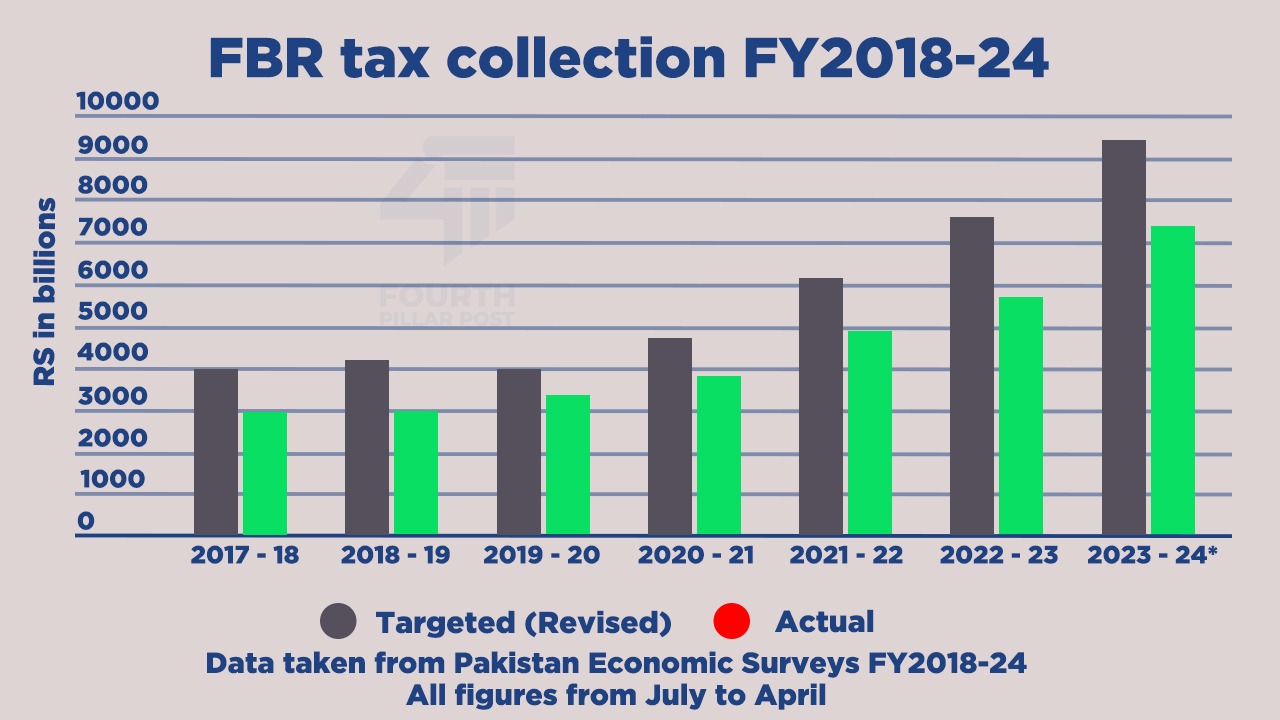
Fiscal deficit
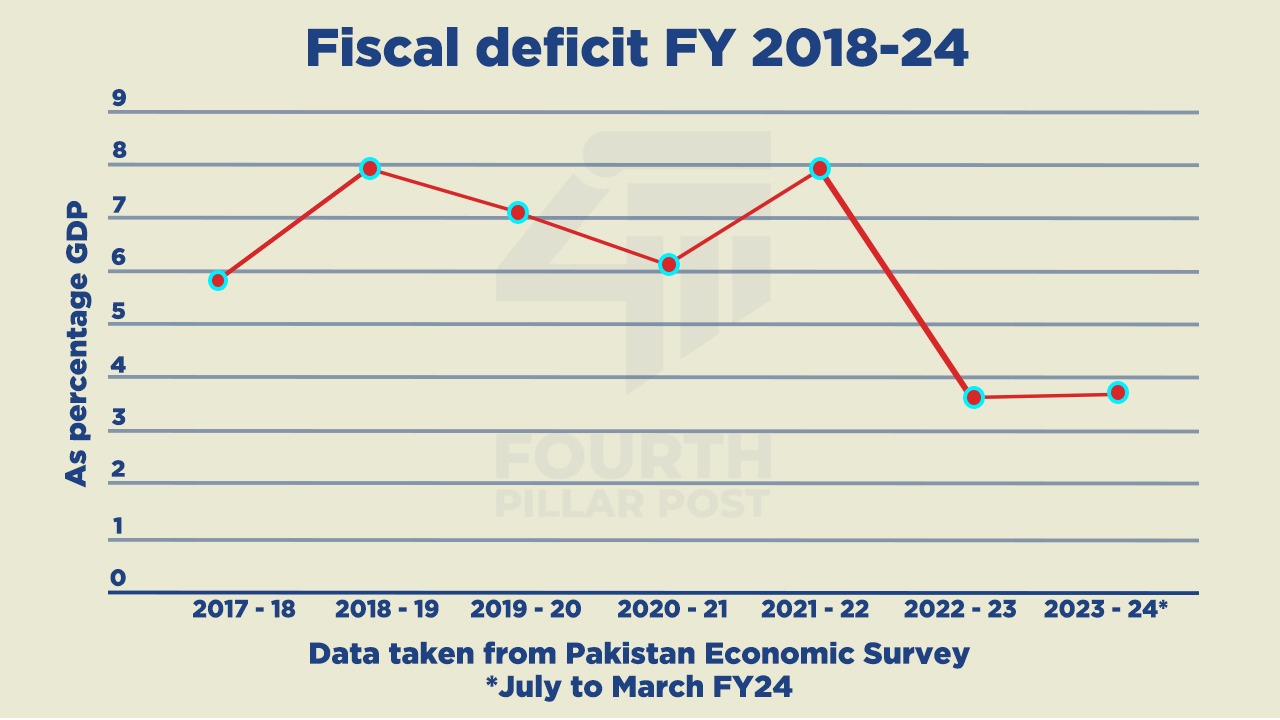
PSDP
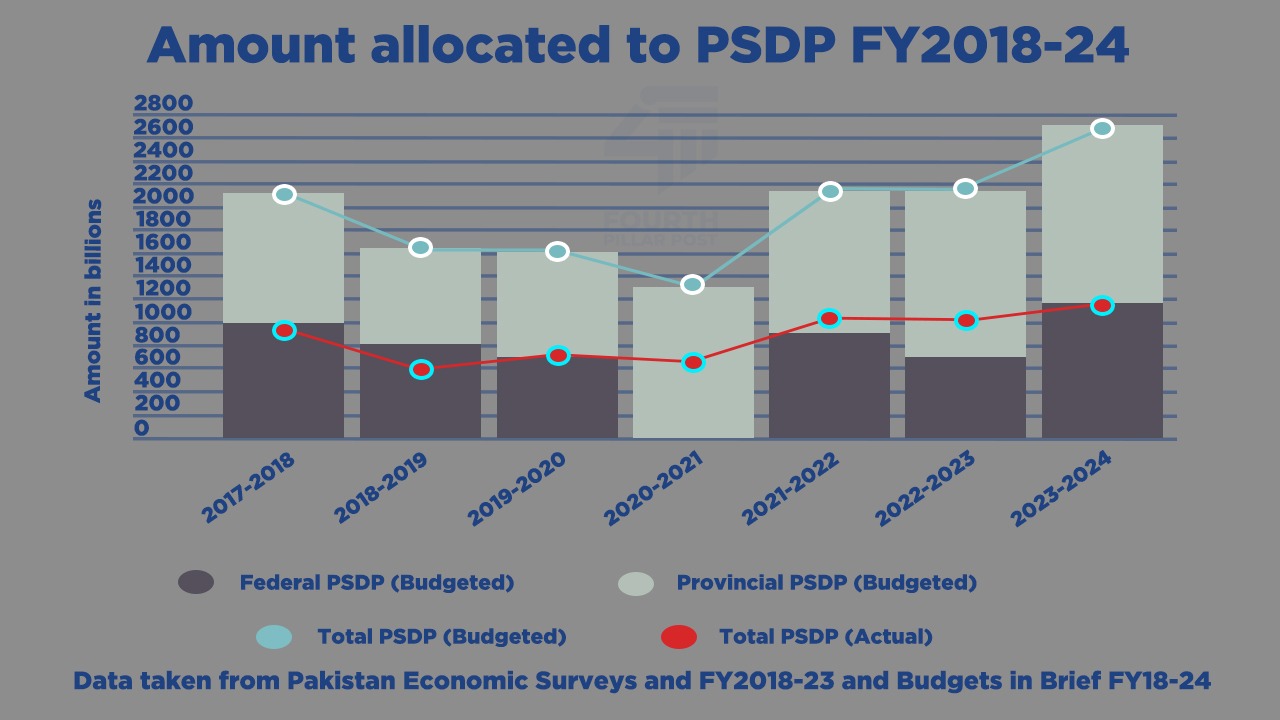
Furthermore, Aurangzeb discussed the gradual decline in inflation rates, attributing it to factual improvements in the economy.
He acknowledged the role of the Monetary Policy Committee in adjusting interest rates based on positive trends in inflation and real interest rates.
While certain sectors, apart from agriculture, fell short of meeting targets, the Economic Survey provides valuable insights for policymakers to navigate future economic strategies.
With the next stage involving the presentation of the budget for the next financial year to the National Assembly,
Pakistan is poised to address significant economic challenges while striving for sustained growth and development.
